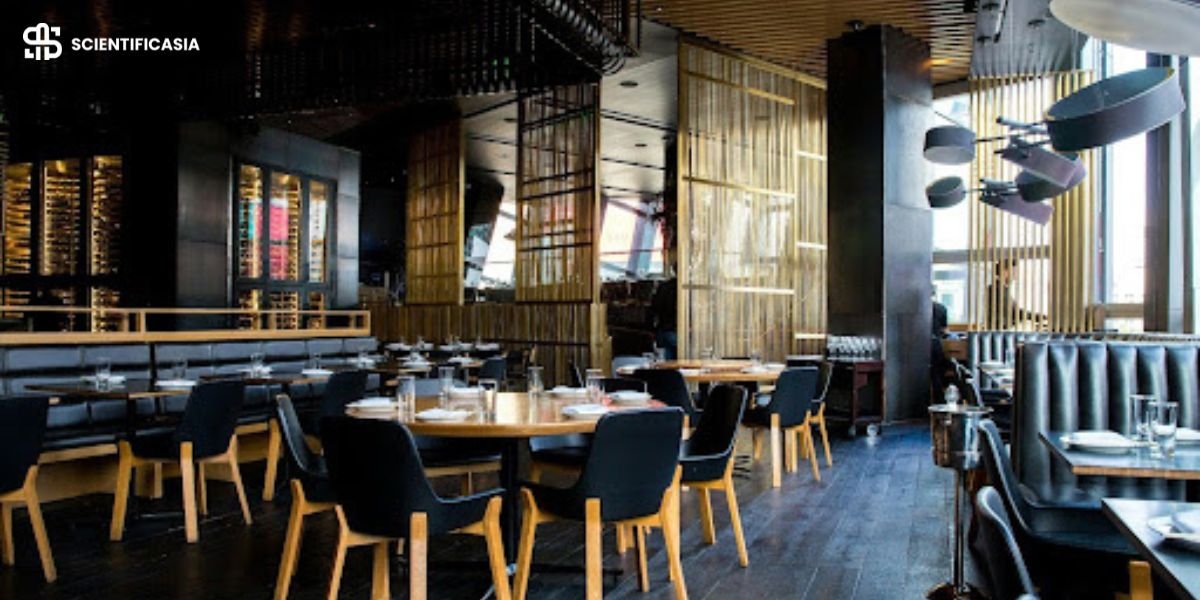When opening a new restaurant, the kitchen is the heart of the operation, dictating the efficiency, productivity, and ultimately, the success of your business. Equipping your kitchen requires careful planning and a strategic approach to ensure that your culinary team has everything they need to produce exceptional dishes. It’s about finding the right balance between functionality, space, and cost-effectiveness without compromising on quality or safety. To help you make informed decisions, this article will offer useful advice for outfitting your restaurant kitchen effectively. Keep reading for detailed guidelines to achieve a top-notch kitchen setup.
Essential Equipment for Every Professional Restaurant Kitchen
Whether you’re preparing haute cuisine or comforting classics, certain kitchen essentials are indispensable. A commercial-grade range, adequate refrigeration, and a versatile oven form the trinity of crucial kitchen equipment. Without these, the ability to prepare, cook, and store your food safely and efficiently is significantly hindered. Additionally, it is critical to consider the volume of food you’ll be preparing to select appliances that match your output needs.
Moreover, one shouldn’t underestimate the importance of a high-quality food prep area. Work tables, cutting surfaces, and adequate storage for ingredients are equally important as cooking appliances. A functional prep area ensures that your chefs have the necessary space to work effectively and maintain high standards of food preparation. This entire suite of essential equipment can often be sourced from a specialized restaurant supply store.
Balancing Budget and Quality in Kitchen Equipment Selection
While equipping a restaurant kitchen, the cost is a constant consideration. It can be tempting to cut corners financially, but with kitchen equipment, this decision can lead to more expenses down the line. Balance is key; investing in commercial-grade, durable equipment might have higher upfront costs, but the longevity and reliability can save money on maintenance and replacements in the long run.
One strategy to keep costs in check without sacrificing quality is to prioritize investment on high-use items that are essential to your menu, while considering more economical options for less critical pieces. Seeking out multi-purpose equipment can also provide significant cost savings and reduce the amount of space required for storage and use.
Leveraging second-hand equipment can be a viable option provided you conduct thorough inspections and understand the history of the pieces you purchase. This approach not only helps reduce initial costs but can also be more sustainable. However, it’s critical to avoid outdated or inefficient models; the money saved on purchase could be lost in higher operational costs over time.
Incorporating Ergonomics Into Restaurant Kitchen Design
The efficiency and safety of the workspace are closely linked to the ergonomic design of a restaurant kitchen. By focusing on creating an environment that complements the user’s movements and reduces strain, one can significantly boost staff performance and reduce the risk of injuries. This starts with the height of work surfaces; they should be set at an appropriate level to prevent excessive bending or stretching during food preparation or cooking.
Additionally, the arrangement and proximity of equipment should minimize the need for staff to perform unnecessary or awkward movements. For instance, heavy pots and frequently used ingredients should be stored in easily accessible locations. Anti-fatigue mats can also be placed in areas where staff are likely to stand for extended periods, reducing discomfort and potential injuries over time.
Navigating Health Codes and Safety Standards for Kitchen Setup
Adhering to health codes and safety standards is crucial when outfitting a restaurant kitchen. Each geographic location may have its own set of regulations that govern food safety, employee welfare, and consumer protection. It’s imperative to familiarize oneself with these requirements early on to ensure that your kitchen design meets all legal expectations and avoids potential penalties or shutdowns.
Consideration of food safety begins with the selection of materials and surfaces that are easy to clean and maintain. Non-porous, food-grade stainless steel is a popular choice for preparation areas and sinks because of its durability and resistance to bacterial growth. Similarly, investing in proper ventilation systems is not only a compliance issue but also a health matter, as it prevents the accumulation of harmful fumes and maintains good air quality.
Altogether, outfitting a restaurant kitchen requires diligent planning, an understanding of your culinary needs, and a firm grasp of safety regulations. By following the guidelines discussed, including prioritizing essential equipment, maximizing space efficiency, balancing quality and budget, incorporating ergonomics, and adhering to health and safety standards, you can create a functional and successful heart for your restaurant.












